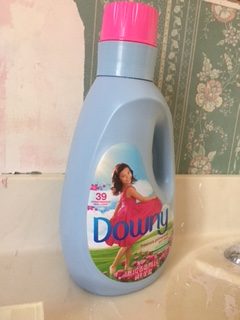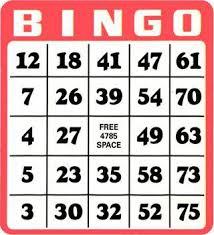
It’s that time of year again…
Salespeople are scrabbling to achieve their year end objectives while their accounts have slipped into a post thanksgiving day comma. Next year territory goals are distributed and some organizations recognize this time of year as ideal for training their sales teams. But most sales training seems to miss it’s mark…why?
Here’s the problem:
“Product Training is not Sales training”
I just received a call from a friend who asked if I had the time to sit in on their sales training and give them some feedback. (What they wanted was actually praise) They were very excited about 2012 and the number of new products and product improvements they were launching. So they asked their field sales team to attend training.
Sales training is a challenge as research shows as high as 90% of sales training adds no value within 120 days, and yet corporations will spend over $5 billion per year in Sales Training. Before I share what I have experienced I thought I would share some links that I thought were very interesting…
7 Reasons Sales Training Fails
5 Reasons why Sales Training Fails
Why Does Sales Training Fail?
Report: Why Sales Training Fails
Top Reasons Why Most Corporate Sales Training Fails
Why Training us Useless
All of the above and many more posts have great content and if your team is looking at making the investment in sales training I recommend you review the above.
Now back to my friend’s company…
So I attended the meeting and in terms of time allocation it went something like this;
Words from senior management – 10%
VP of Sales sharing his vision – 20%
Engineering sharing technical specifications -30%
Marketing sharing tools they developed (sell sheets and new web pages) – 20%
Other: goals, questions and answers (and kind of a bitch session)-20%
The shame was this training could have helped prepare the team to sell new products and change behaviors in the field based on a clear understanding of the market, its buyers, their buying process and criteria. Instead, it prepared the sales team to continue to play “feature and benefit bingo” with their accounts just hoping some of them can translate the list of benefits into solutions to problems they may be experiencing.
So I’m going to say it again; “Product Training is not Sales Training.”
Product Training is obviously necessary, however the most value you can provide your sales team and ultimately your bottom line is answering the following questions….
What problem does this product solve?
Who has this problem?
What do buyers who have that problem buy now? Why?
How do buyers search for solutions to this problem?
How do buyers state the problem in their own words?
What process do buyers use to solve their problems today?
What criteria do buyers use when evaluating products that solve their problems?
What is the sales process for this solution?
Based on how buyers are buying, what new tools do we have and when should I use them?
What are the various Buyer Personas and how do we approach each?
Are their “influencers” in the buying process? If so who and what do they require?
What is my market’s opportunity?
What is our value proposition and distinctive advantage?
How do these new products fit in our overall mix of solutions?
Do some salespeople have unique needs, areas that need improved?
My friend’s training, like a number of sales training I have attended over the years did not answer any of the above but did clearly share each salesperson’s goals in the next year. What I shared was how he is relying his sales team to “make it happen” and figure it out in the field. His need to feel sales was more of a science and less of an art will not be met. So he will continue to be frustrated by sales forecasts because they are actually educated guesses. What I observed, that sounded like a bitch session was actually the sales team sharing how they needed to get in shape for the market they faced today.
So how about your company?
How much will your organization spend in sales training this year?
Can your team afford not to have a return on that investment?
Does your sales training answer the above questions?
Or are you counting on your sales people to “just make it happen?”
Based on what I described, if you were one of this team’s salespeople, would you feel your future goals were based on market opportunity or corporate necessity?
Sales training is more than product training alone. In addition to equipping your team to win, it can also demonstrate you do have an understanding of the market and help your team see the training as something to help them make more money and not something they have to “go through” each year.









